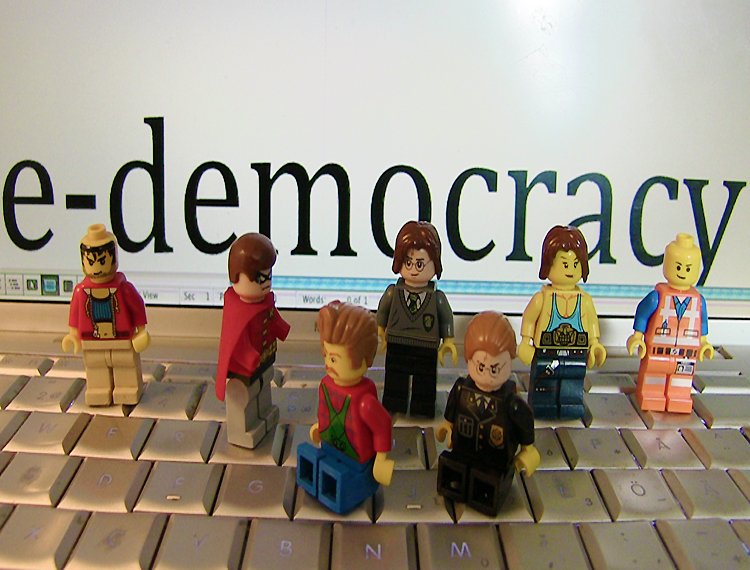If there’s one area that most start-ups can benefit from its financial advice and building a workable financial model. While the initial model may not be the one that the organisation ends up going with, there is still value in putting some good, robust thinking into what you are doing before steaming ahead.
Indeed, Paul Bennetts, a venture capitalist at AirTree Ventures, a $60 million venture capital fund in Sydney, Australia suggests that getting to grips with a simple model can be very helpful in understanding the possibilities and probabilities at the very least, as well as ruling out what simply is not going to work at all. As he puts it:
“It is giving you (and your investors) a framework for understanding what has to be believed for your start-up to be a success.”
Bennetts says this based on tonnes of experience and with good reason. After all, if a financial model is improbable it is also likely to be quite risky. He argues that in fact there are not too many levers that can help with determining an organization’s future value, and in most cases there may only be as few as three to five. For example, it is argued that in online shopping models these levers could be level of organic traffic, repeat rates, conversion rates and contributable margins. It is possible to look at each of these in closer depth to understand their core mechanics. As explained, conversion rates are linked to a range of different other factors like design, usability, brand equity, convenience, success with advertising, satisfaction of customers and others.
It is argued that this “unbundling” activity helps a business to understand what is really possible, what is likely and what is downright crazy. Specifically, doing this helps to really understand the metrics of what actually has to be achieved to meet the targets. In an example provided, if an app targets 100,000 users in the year after launch it is possible to calculate the activities that have to go on over the course of each month to make that figure actually be achieved. If there were 1,000 test users before the app was launched, then the number of users will basically have to grow by 52 per cent each month for the next 12 and the organisation will have to achieve 520 users in the first month.
This is challenging since considering the industry standard of a conversion rate of just one percent, the organisation will have to get 52,000 unique visitors in the first month alone. Only then is it possible to see what else needs to happen to actually achieve that. For example, how will the unique visitors be acquired? What marketing steps will need to be carried out to really drive this? Does this mean it is actually possible? How many social media postings, video postings, blog posts or others will actually drive that volume of users to the app? How many people will it take to actually achieve this? This demonstrates the level of detail of thought that start-ups need to get into.
Using a spreadshit
It is argued that the best approach to take to plan all of this out is a spreadsheet. The spreadsheet should not be particularly complex and it should be possible to view it on one page. It should show what needs to happen in the next year to 18 months and how that is achievable and possible. Five years is way too long of a timeframe for new businesses, since it is hard to predict that far ahead given the tremendous degree of change that occurs all of the time. This is also considered to be a decent amount of time in terms of investment so that start-ups do not try to take on too much capital or spread themselves too thinly.
Simple models can be created for start-ups but this does require putting some thought into the specifics to understand what is really achievable. When businesses do this they are able to demonstrate to investors that they can really deliver on what they say they will. Would you rather invest in a company that had great looking figures but no explanation of their feasibility, or a company that had thought things through a bit more and have a clear plan and approach? Almost certainly the latter.

Paula Newton is a business writer, editor and management consultant with extensive experience writing and consulting for both start-ups and long established companies. She has ten years management and leadership experience gained at BSkyB in London and Viva Travel Guides in Quito, Ecuador, giving her a depth of insight into innovation in international business. With an MBA from the University of Hull and many years of experience running her own business consultancy, Paula’s background allows her to connect with a diverse range of clients, including cutting edge technology and web-based start-ups but also multinationals in need of assistance. Paula has played a defining role in shaping organizational strategy for a wide range of different organizations, including for-profit, NGOs and charities. Paula has also served on the Board of Directors for the South American Explorers Club in Quito, Ecuador.






























